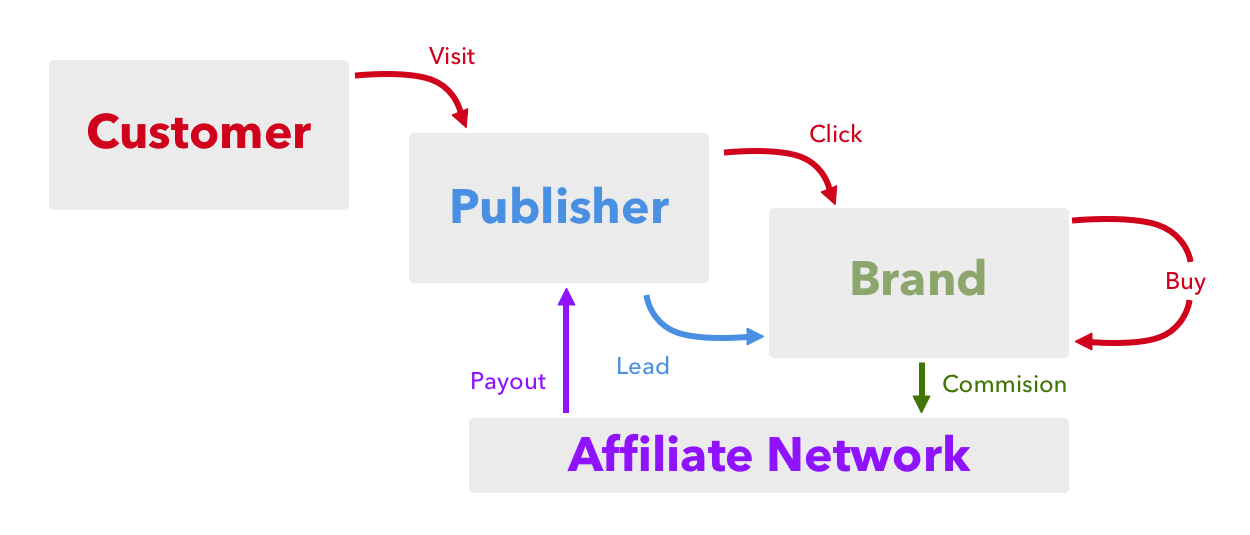It’s 2016 and the current debate about marketing tactics in Silicon Valley resembles the tactics for farming crops in the increasingly parched San Joaquin Valley. Let me rant a little and explain.
I just got out of a long meeting. A meeting that many marketers have every quarter. The topic: what campaigns and spend levels do we need to hit this quarter’s lead quota. These meetings are incredibly important, but today’s meeting turned in a less useful direction when the focus switched to which tactical “best practices” to use in the upcoming quarter.

Photo Source: Rakshith M Gowda. Shared via Creative Commons Attribution-Share Alike 4.0 International
This unfortunate turn in a marketing meeting led me to draw an analogy with California’s current, and historic, drought.
“Digging Deeper Wells” Isn’t a Marketing Best Practice
With California farmers not getting enough surface water for their thirsty crops, they’ve turned to digging wells. Farming, you see, has exactly two sources of water: surface water (rain, reservoirs and snow melt) and ground water (digging wells). They can’t control rain, but they can invest in wells. So they dig. 20 years ago they might have dug a few hundred feet. Today they are digging a few thousand feet. And so goes the discussion amongst farmers: tactics, timing, ROI and viability of digging deeper wells.
The “digging deeper wells” analogy is relevant to marketing spending because fresh leads are getting tougher and tougher to find. Organic—the surface water of B2B marketing—is the preferred source of leads, but few organizations generate enough organic leads to meet their growth objectives. So they hire marketers and allocate budgets for lead generation. The ask: create the campaign equivalent of digging well water. The budget is set by how deep the hole needs to be to hit water.
Herein lies the problem. Instead of building demand generation engines based on innovation, many marketers simply recycle and reuse demand generation tactics from the recent past: purchase yet another compiled email list, send yet another nurture email to the marketing database, launch yet another Google AdWords campaign, host yet another webinar, and set up yet another gated white paper. Yes, these tactics continue to work. But they are no where near as efficient in 2016 as they were in 2009.
Demand Generation Best Practices: Build for the Future Instead of Replicating the Past
Unlike the exactly two options available to farmers seeking water for their crops, marketers have nearly unlimited options for building future-oriented demand generation success. As a professional marketer my value is from strategizing, executing and measuring demand generation programs that are relevant to today’s target buyers and that will likely out-perform tactics from five years ago.
So instead of just re-allocating larger spends across traditional SEM and content tactics, I suggest marketers build fresh new plans based on projections for the competitive climate, projected company differentiation and latest assessment of target buyers. In other words, instead of defaulting to digging deeper wells, it is very possible for B2B marketers to find fresh sources of water by looking for buyers in fresh locations. Here are a few suggestions:
- Revisit your target personas, segments and use cases—does your recent product release have new differentiated features or appeal to new buyers? Can you re-segment your existing database? Can you find new and different target lists? Tap into the green fields with your new campaigns.
- Partner with sales on a target account strategy—here’s an opportunity to proactively reach out to your sales team: offer to provide augmented contact info for, say, five specific job titles at a handful of target accounts. To benefit from this offer, each representative needs to provide the specific account names for research. And together you are building personalized emails and talk tracks to earn meetings and win deals.
- Find fertile activity patterns in web visitor behavior—still using point based lead scoring? Stop. It never worked and there are better approaches like predictive lead scoring. Even if you can’t invest in fancy predictive lead scoring solutions this quarter, you can start doing the analysis toward identifying sales-ready buyers. Explore the behavior of every user with > 5 visits in the past 90 days. Explore the behavior of every user who has an email address associated with a forecasted deal. Build charts of the findings, share the details with your extended go-to-market-team … and start using those findings to define sales-readiness.
- Look for “first time” events and partnerships—think you have to be at the largest trade show in your industry with a major presence? Don’t make this an either-or decision. The cost of participation in hyper-targeted shows will be less that for the mega-events, and you’ll have less competition for buyers’ eyes.
- Switch it up with your pre-paid channels—you probably have an existing multi-quarter media buy in place. How about making experimental changes to your ads, landing pages and assets and perhaps even the target audience within the publishers’ site/publication portfolio.
These are just a few of the ways you can get away from drilling deeper wells and the associated diminishing returns. There are many, many, many others.
Embrace Strategic Demand Generation Best Practices
The best practices from five years ago aren’t the campaign tactics. It’s the relentless focus on relevance, measurement and data. As you move forward apply what you’ve learned from:

Predictive analytics enhances marketing decision-making.
- Being relevant, helpful and targeted—are you still promoting that allegedly evergreen white paper from 2014? If the content is still good, make it great with a modest refresh. Update the trend data, add fresh quotes from customers and analysts, insert new use cases and correct your boilerplate. Even evergreen content needs a bit of pruning and fertilizer. If the people in your marketing database trust you, they’ll quickly jump at an updated white paper from you—which is yet another reason to reopen a dialog. And new prospects will reach out for the new and timely information you’re providing.
- Measuring everything—if you’ve set up your infrastructure correctly, this is free. You’ll be able to compare different channels, classes of offers and campaigns against your benchmarks. Once you have a meaningful engagement sample, you can compare new programs against historical success.
- Listening to your data … and customers—in 2016, data has earned a seat at the table for campaign success decision-making. Bring it to your meetings. Discuss what it means. And absolutely use data to challenge ingrained assumptions on the team. If you don’t have a large enough sample size for statistically significant findings, bring qualitative feedback (from prospects, buyers and customers, not employees) on the utility of the campaign asset.
- Taking smart risks—don’t be afraid if a great campaign effort doesn’t generate lots and lots of leads. Reduce risk from any single campaign by having a portfolio of campaigns running concurrently. That way every campaign is a success if you have data for improving decisions about future campaigns. With multiple campaigns you can act like a portfolio manager and not a water-hungry farmer: cancel the clearly ineffective campaigns quickly, double-down on the clearly effective campaigns, and iterate and improve those that have unfulfilled potential.
In summary, the best practices from the digital era are a refreshed point of view on campaign strategy, more than deeper reliance on going back to the well with specific campaign tactics.
What Do You Think?
Look at your plan for next quarter. Do you stand a better chance of winning by writing your own 2016 playbook or following legacy demand generation best practice of digging deeper wells?





 I didn’t expect a simple blog comment to change my thinking about how to win at content marketing, but it did.
I didn’t expect a simple blog comment to change my thinking about how to win at content marketing, but it did.